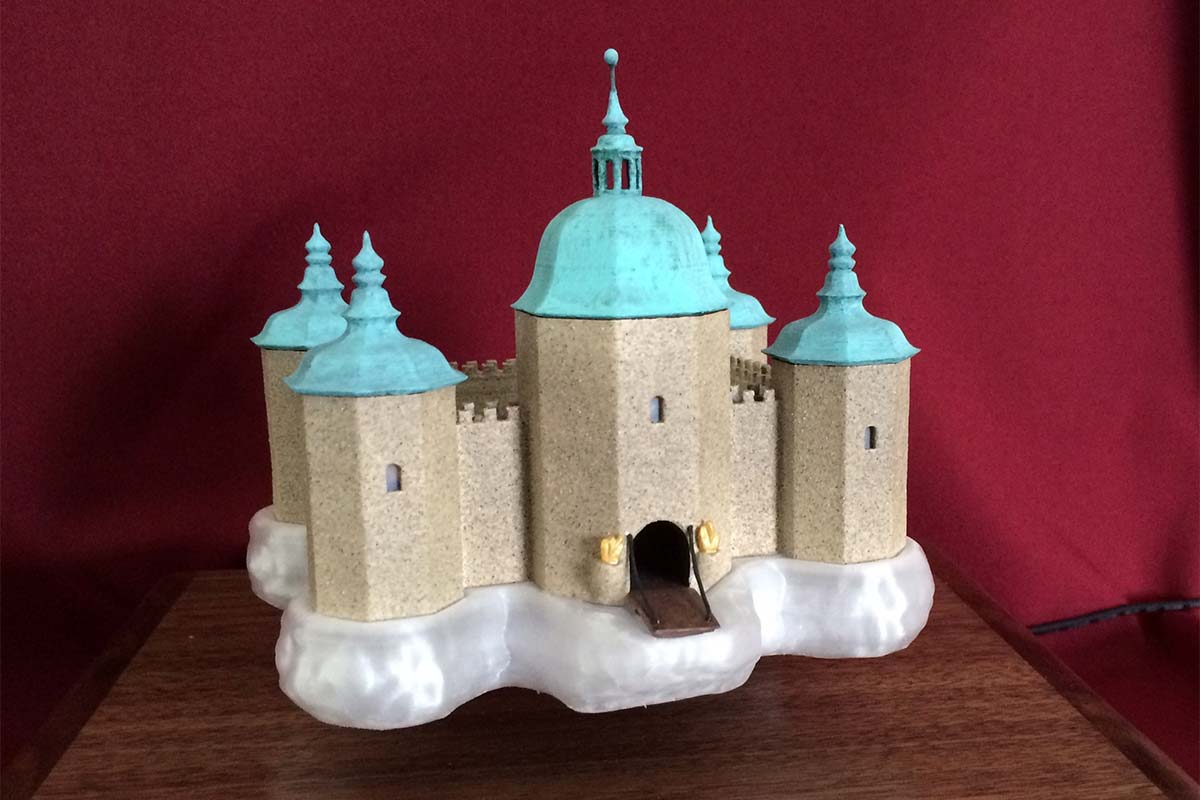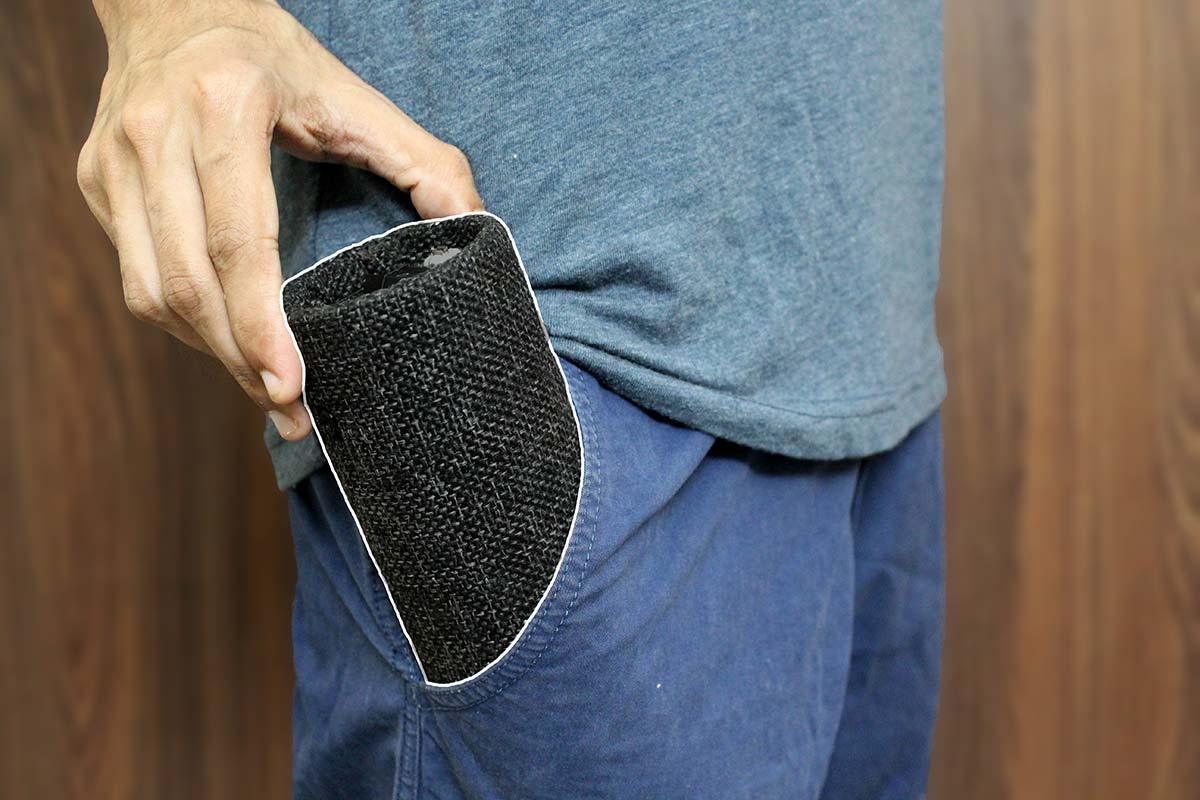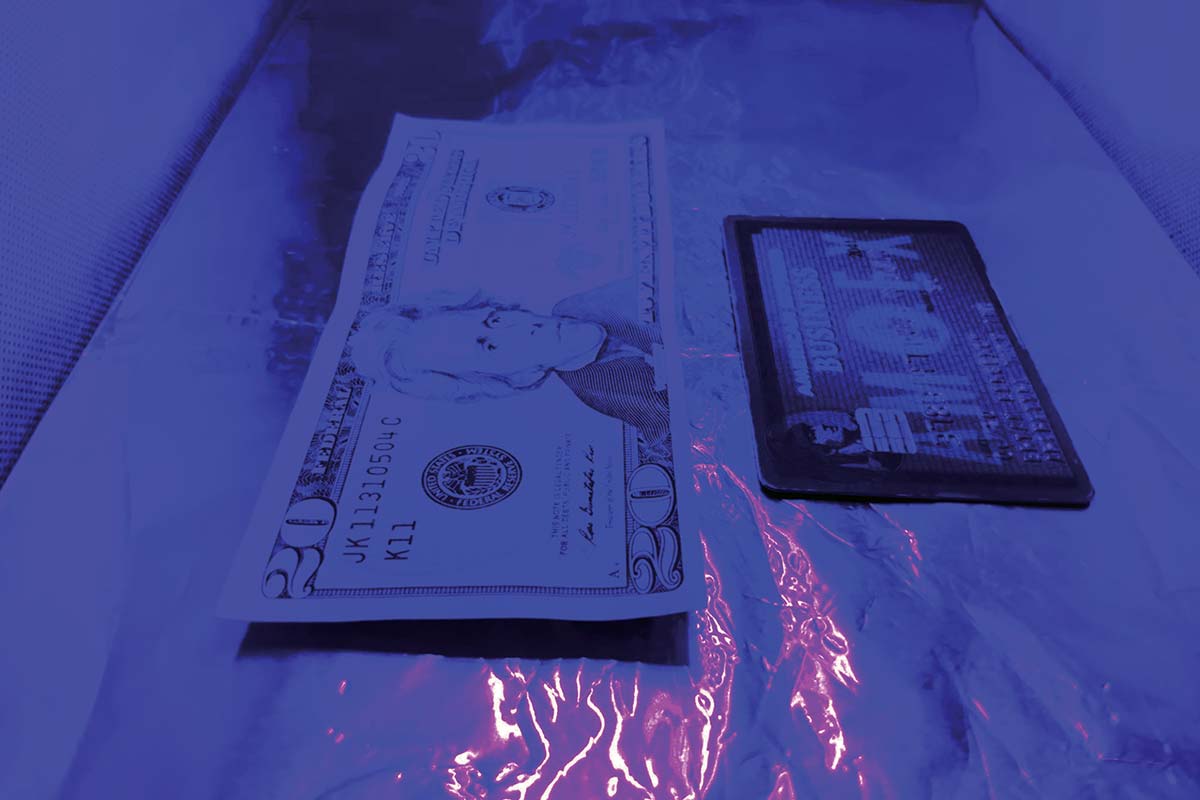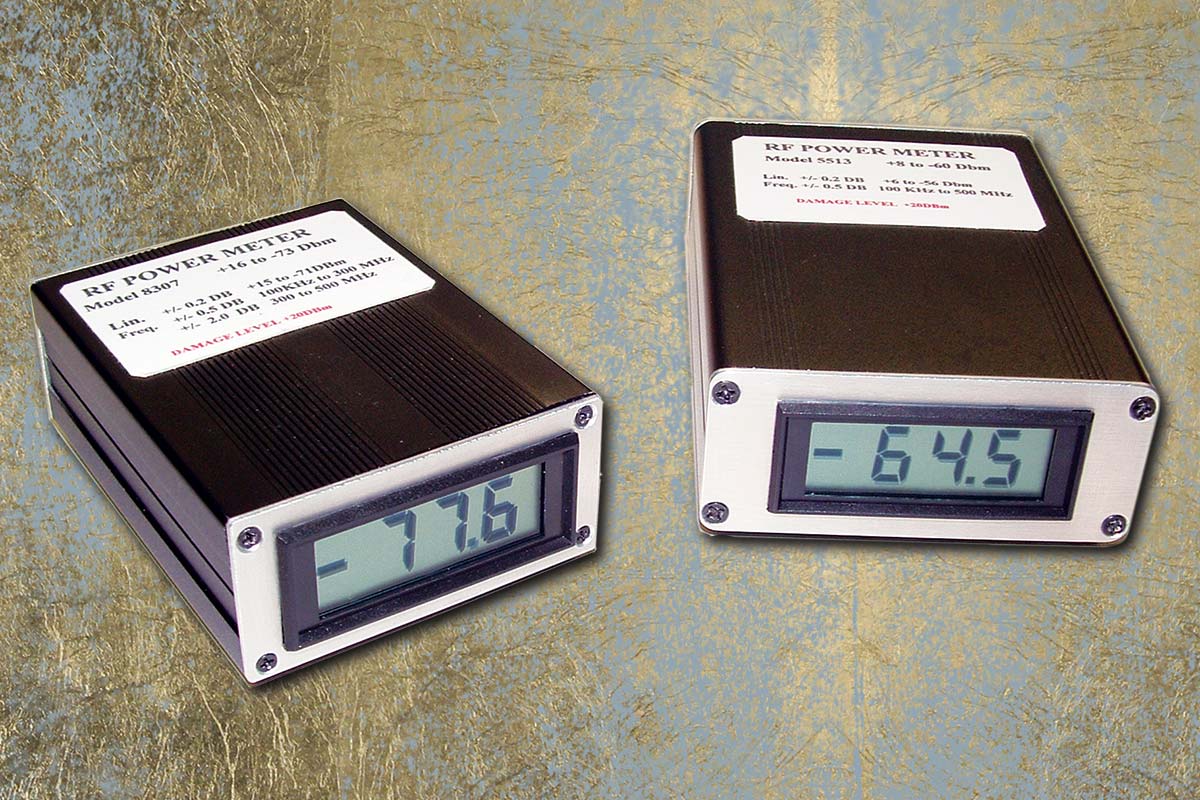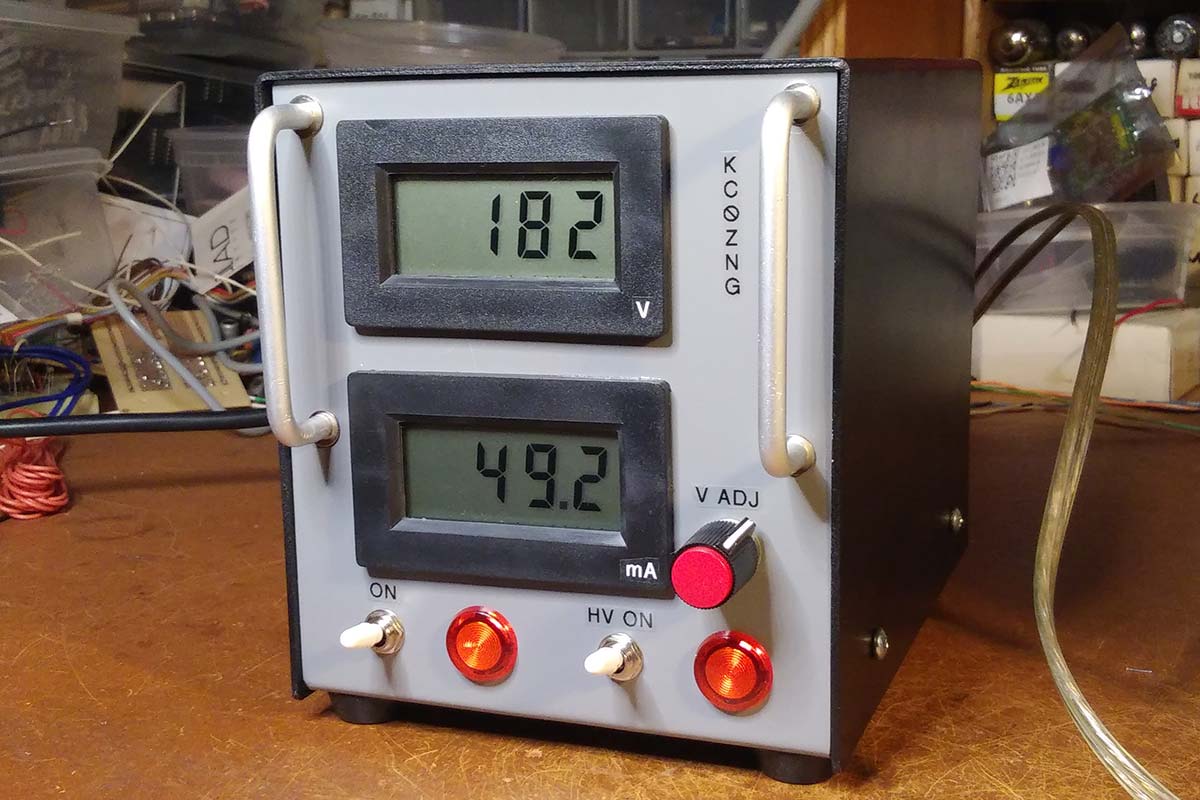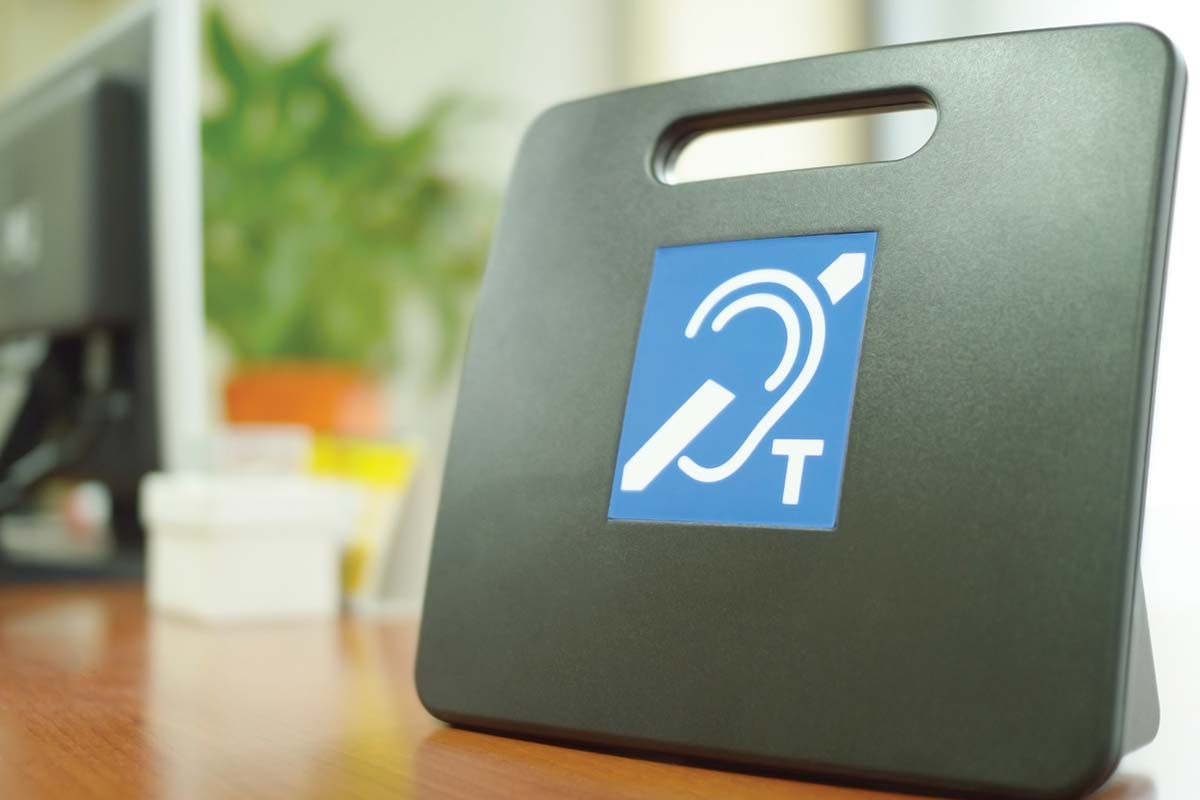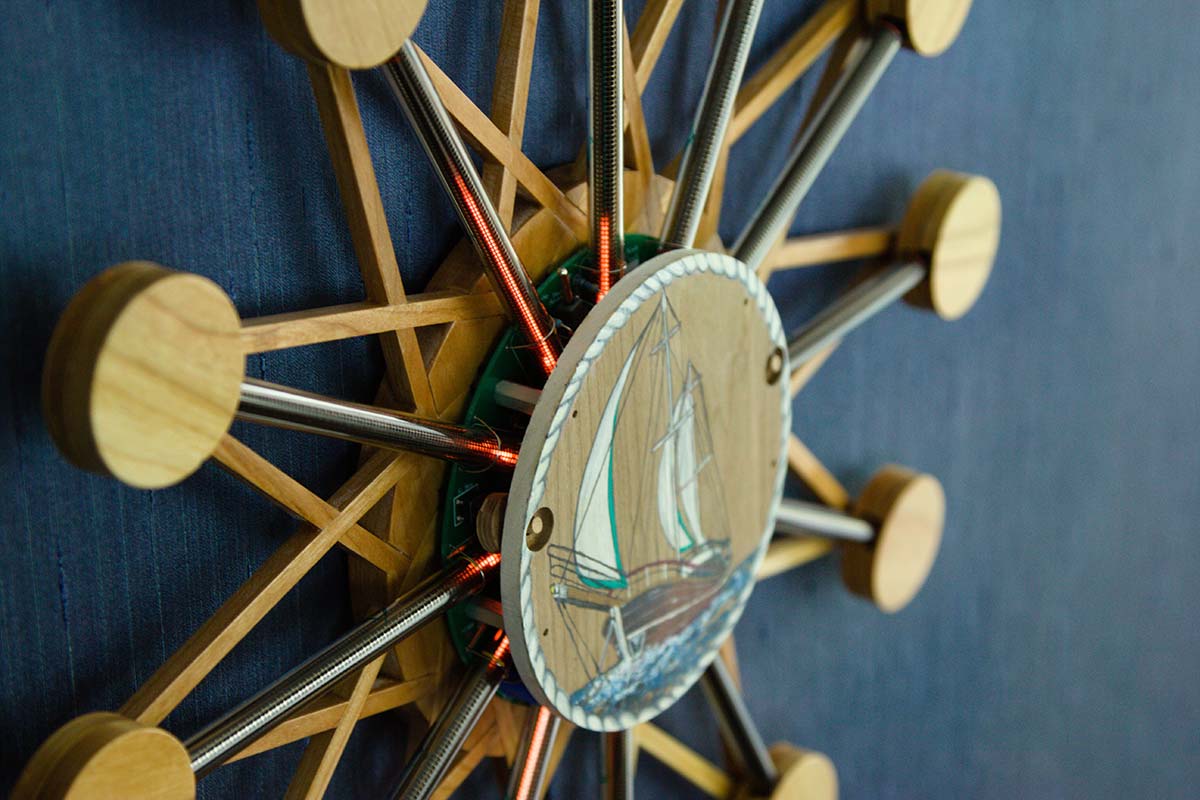This article discusses basic theory on the decibel unit and its role in electrical measurements of power, etc. It also describes the construction of an RF power meter which in the past has been difficult to use and expensive to own. With the breakthrough of new ICs in recent years, most of the former problems and expense have been eliminated. This is a simple and inexpensive unit to build, but has the accuracy, resolution, and dynamic range that was only obtainable in lab quality test equipment a decade or so ago. This kind of test equipment is almost mandatory for amateurs, radio frequency work, or test equipment calibration. Also, when built as described, it’s a very professional looking piece of gear that anyone would be proud to display on their test bench.

